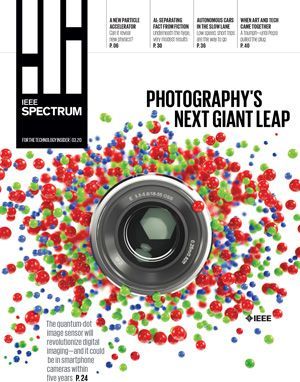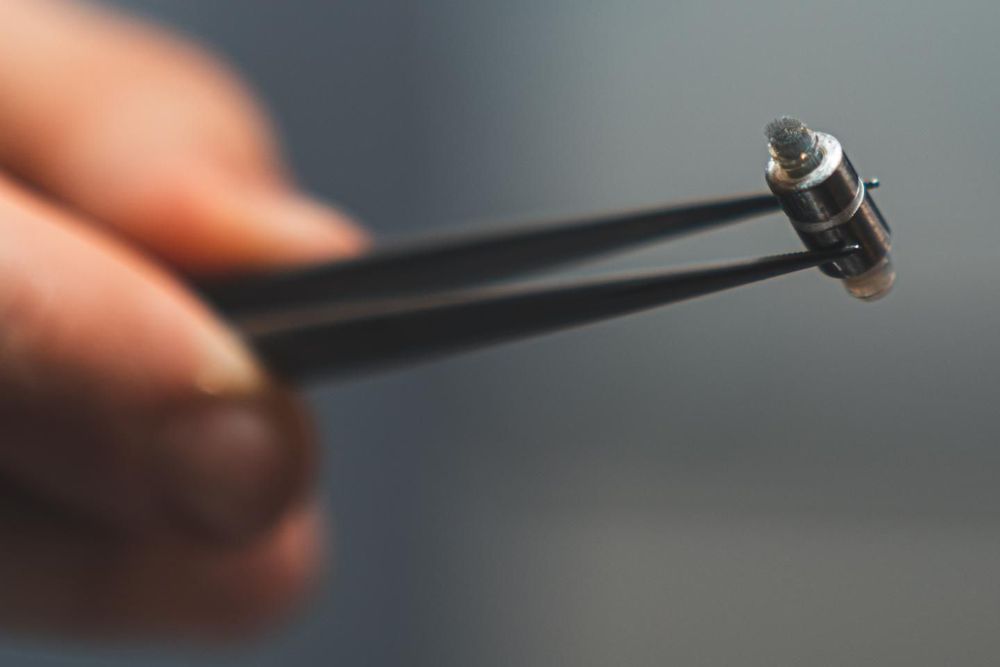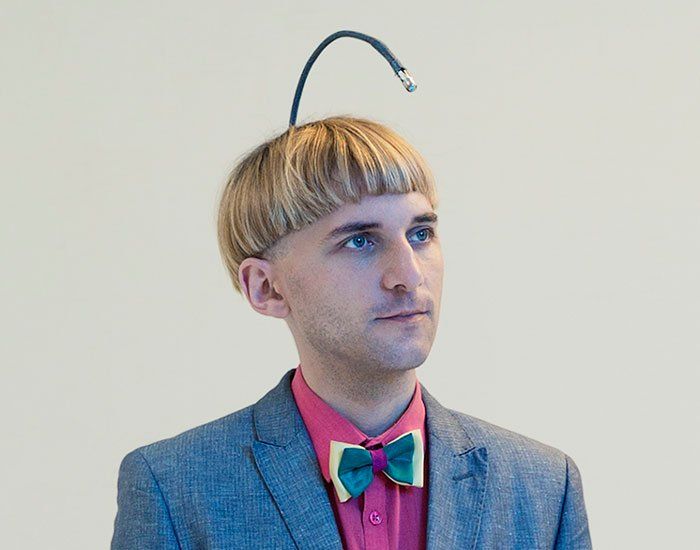O,.,o soft exosuit o.o
A lightweight, flexible exosuit pulls on your muscles as you move to make you more efficient.


Dreams of human immortality may remain so, but extending our lives beyond 100, even 150 years, can soon become a reality. ‘The Future is Now’ explores ground-breaking technology that might help us to slow down the ageing process and overcome our physical limitations.
3D-printing of brand new human organs, controlling bionic prosthetics with your mind, or invading your body with disease-fighting microrobots. Hosts Kate and Talish bring you the latest developments in biomedical engineering.
Learn what artificial organs have to do with gravity, or see how the world appears to blind people who have had their vision restored with bionic eyes and a chip. Hear from researchers and futurists about their predictions and warnings regarding the future of science.
SUBSCRIBE TO RTD Channel to get documentaries firsthand! http://bit.ly/1MgFbVy
FOLLOW US
RTD WEBSITE: https://RTD.rt.com/
RTD ON TWITTER: http://twitter.com/RT_DOC
RTD ON FACEBOOK: http://www.facebook.com/RTDocumentary
RTD ON INSTAGRAM https://www.instagram.com/rtdocumentaries/
RTD LIVE https://rtd.rt.com/on-air/
This bionic fingertip can restore the sense of touch for amputees.

The researchers are hoping the extremely light material could be used to construct lightweight exoskeletons and shape-shifting “Terminator 2”-style robots, New Scientist reports.
Glass Beads
The researchers created a mixture of the soft metals gallium and indium, which had a melting point of just 15.7 Celsius (60.3 Fahrenheit). To make it float, the team gently stirred microscopic beads of glass, filled with air, into the liquid.

Approach could make manipulating a prosthesis more natural, precise, and reliable.

A young Star Wars fan and amputee has received an R2-D2 bionic limb and a phone call from Luke Skywalker himself.
Bella Tadlock, from Tallahassee, Florida, raised almost 14,000 dollars (about £11,000) for her bionic hero arm, created by Bristol company Open Bionics.
The 11-year-old started a fundraiser that first caught the eye of actor Mark Hamill in November — Hamill, who played Luke Skywalker in the Star Wars movies, retweeted her appeal to his 3.6 million followers.
With a small zap of electricity, biomedical engineers at Michigan Technological University take an underwater smart glue prototype from sticky to not in seven seconds.
Turning adhesion on and off is what makes a glue smart. It’s one thing to do this in the open air and quite another under water. Inspired by nature, catechols are synthetic compounds that mimic the wet-but-still-sticky proteins secreted by mussels and offer promise for smart adhesives that work in water. The technology could help with underwater glue, wound dressings, prosthetic attachments or even making car parts and in other manufacturing.
Bruce Lee, associate professor of biomedical engineering at Michigan Tech, is a part of the Office of Naval Research’s (ONR) Young Investigator Program (YIP) and showed how to use pH to make smart underwater adhesives. Along with doctoral researcher Saleh Akram Bhuiyan, Lee developed a new method using an electrical current to turn off the adhesion of a catechol-containing material.

the photo series by vintner and fletcher illustrates three gradual stages of transhumanism from ‘testing ground’, ‘patient zero’ to ‘humanity 2.0’. at the lowest tier, ‘testing ground’ looks into individuals who have created wearable technology to expand their human abilities, improving everything from concentration to mental health.‘patient zero’ studies those who have taken permanent action to become half human and half robot. in the final chapter, ‘humanity 2.0’, the transhumanist subjects focus on life extension and immortality.